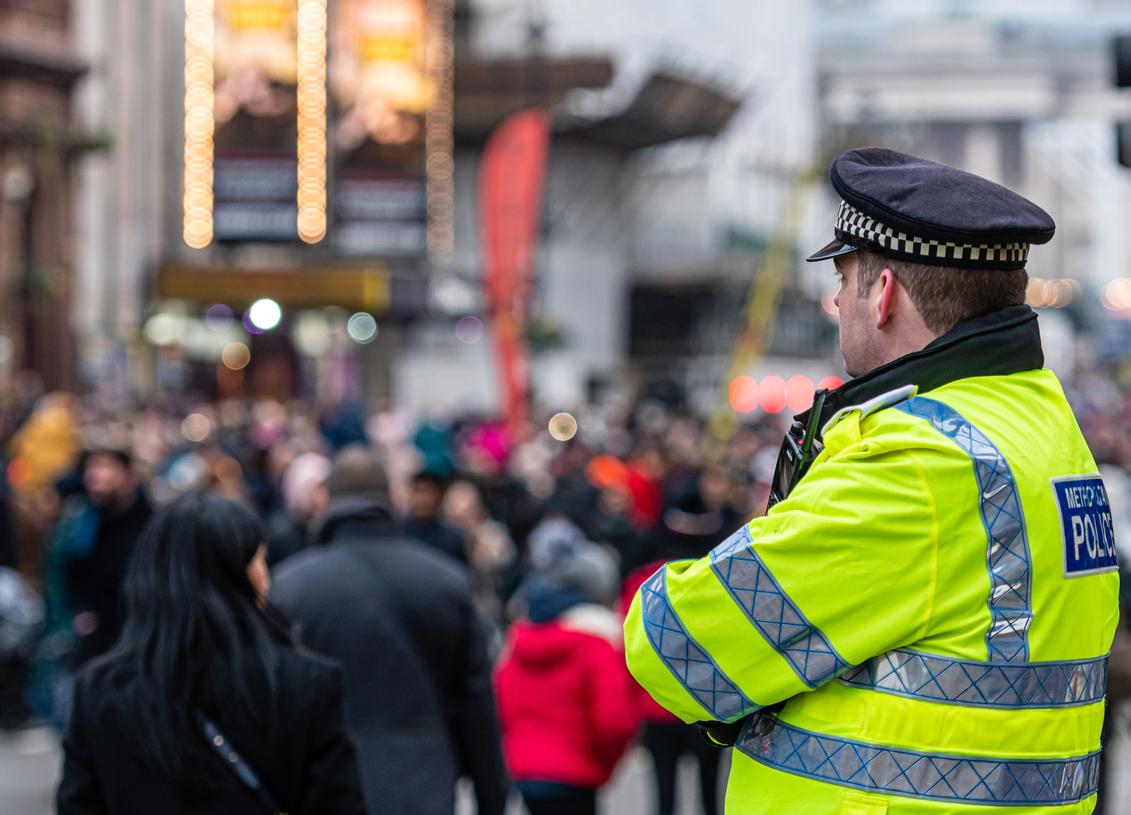… protection of building services and critical internal spaces. … For more information, please visit the NPSA website . … Building services and internal spaces …
… deployed at different response levels should not be made public, to avoid informing terrorists about what is known … at the different response levels should not be made public. This is to avoid equipping terrorists should they be … marshals to support this activity? identify ‘protected spaces’ review your Emergency Assembly Point 6.2 …
… for staff to conduct examinations for suspicious items. Public and Communal Areas Keep public and communal areas e.g. exits, entrances, toilets, …
… (Polling stations) Prior to opening the premises to the public, arrange for a responsible person with local … nearby shrubbery, outbuildings and other areas to which the public have access. If a vehicle is parked in the proximity … and all potential emergency exit points. Check vulnerable spaces, for example cupboards, and unoccupied rooms, on the …
… curtilage of the site. Close off vehicle access to shared spaces when queues are present. In car parks, create a …
… be adapted to meet local needs. Further supporting guidance publications including ‘Recognising the Terrorist Threat’ … are likely to favour ‘soft’ targets or venues and public spaces with little or no protective security …
… NPSA has partnered with the Chartered Institute of Public Relations (CIPR) to deliver best practice guidance …
Keywords:
CPNI
, Threat
, Crisis Management
, Hostile Reconnaissance
, security planning process
, NPSA
… nearby shrubbery, outbuildings and other areas to which the public have access. If a vehicle is parked in the proximity …
… package. Communicate regularly with staff, visitors and the public. Notify police If the item has been opened, or …
… They offer advice on most events (including events in Publicly Accessible Locations which attract crowds) and …
Keywords:
Vehicle
, Transport
, Vehicle as a Weapon
, Weapons of Terrorism
, Attack
, Threat
, Mitigation
, National Security
, Protective Security
